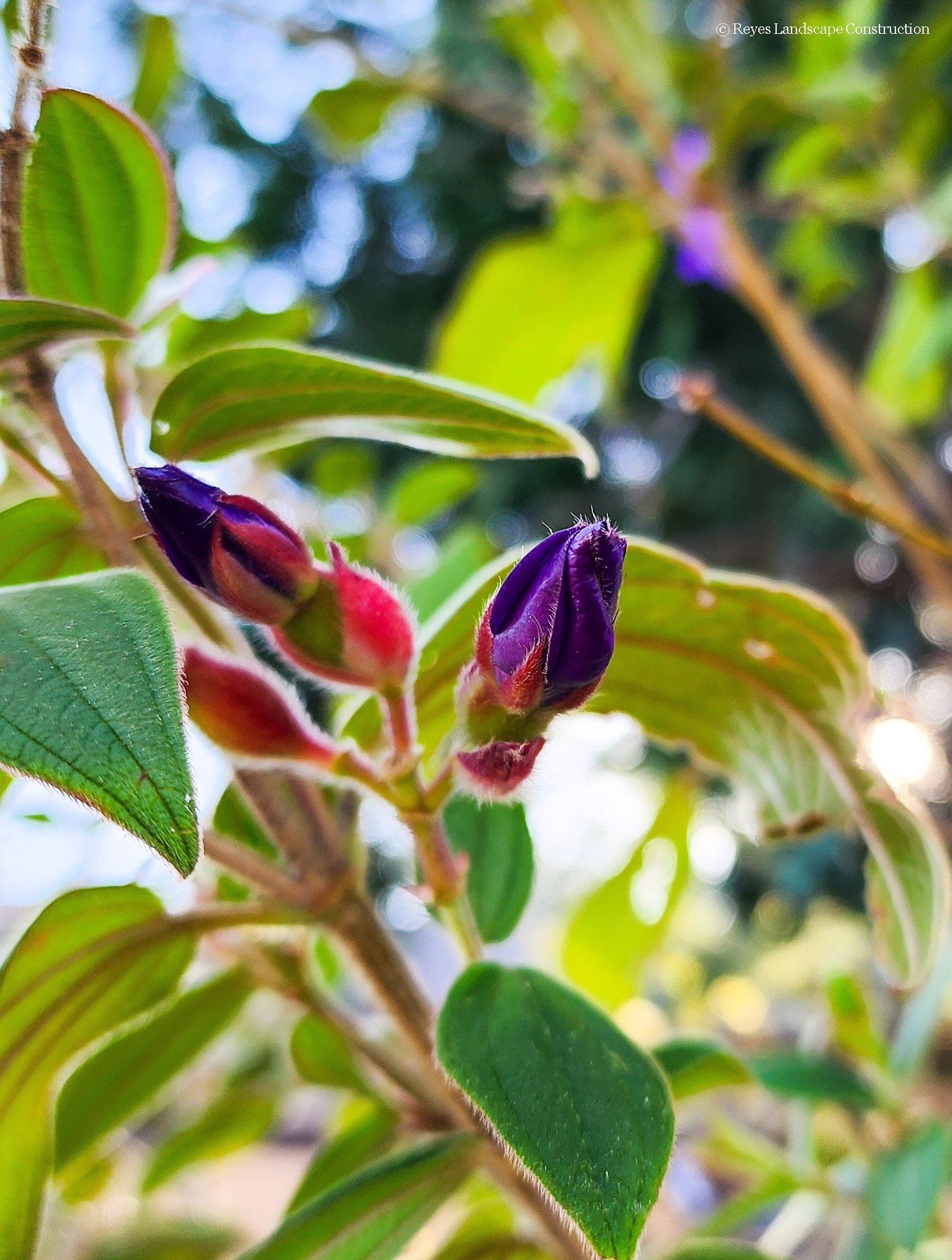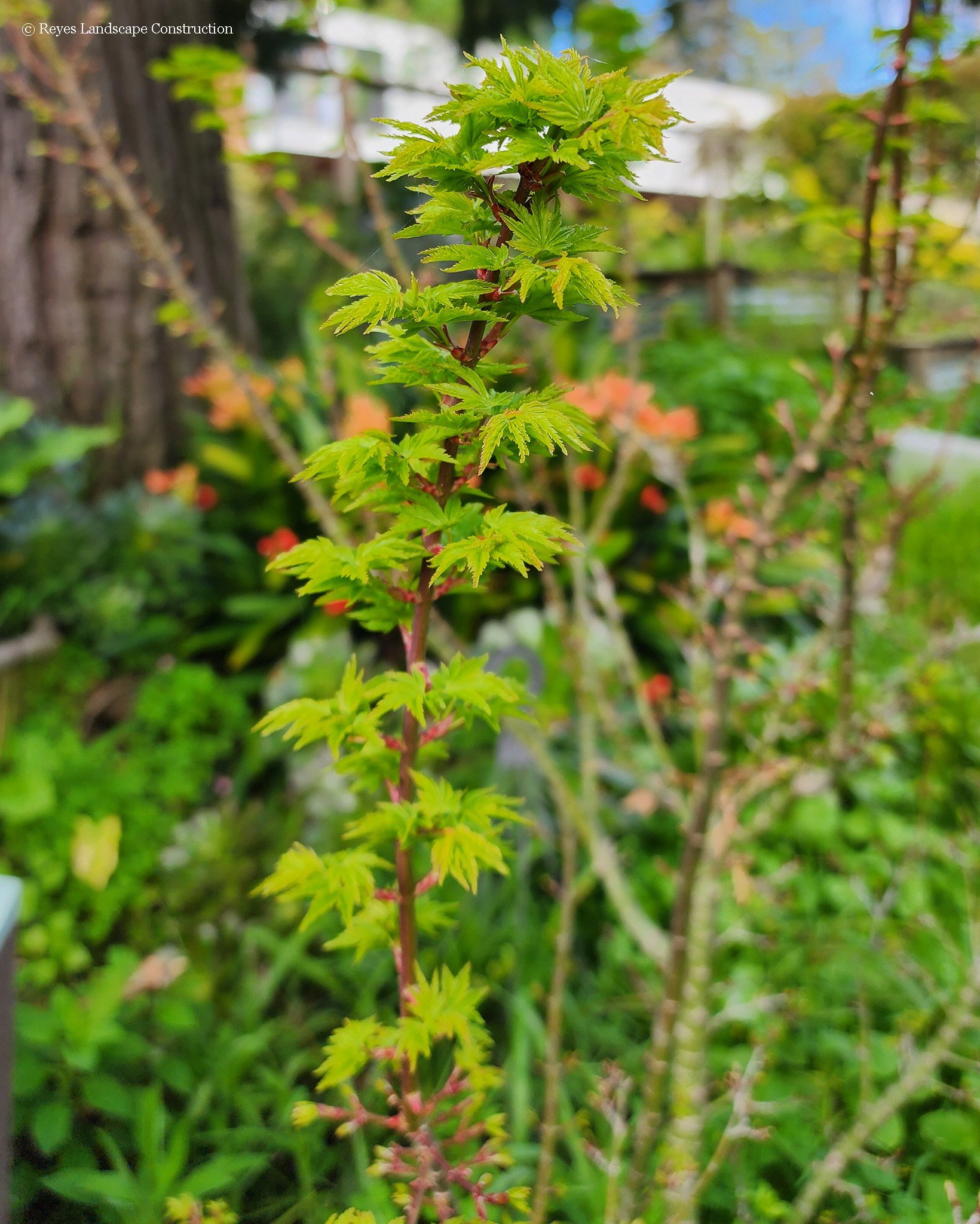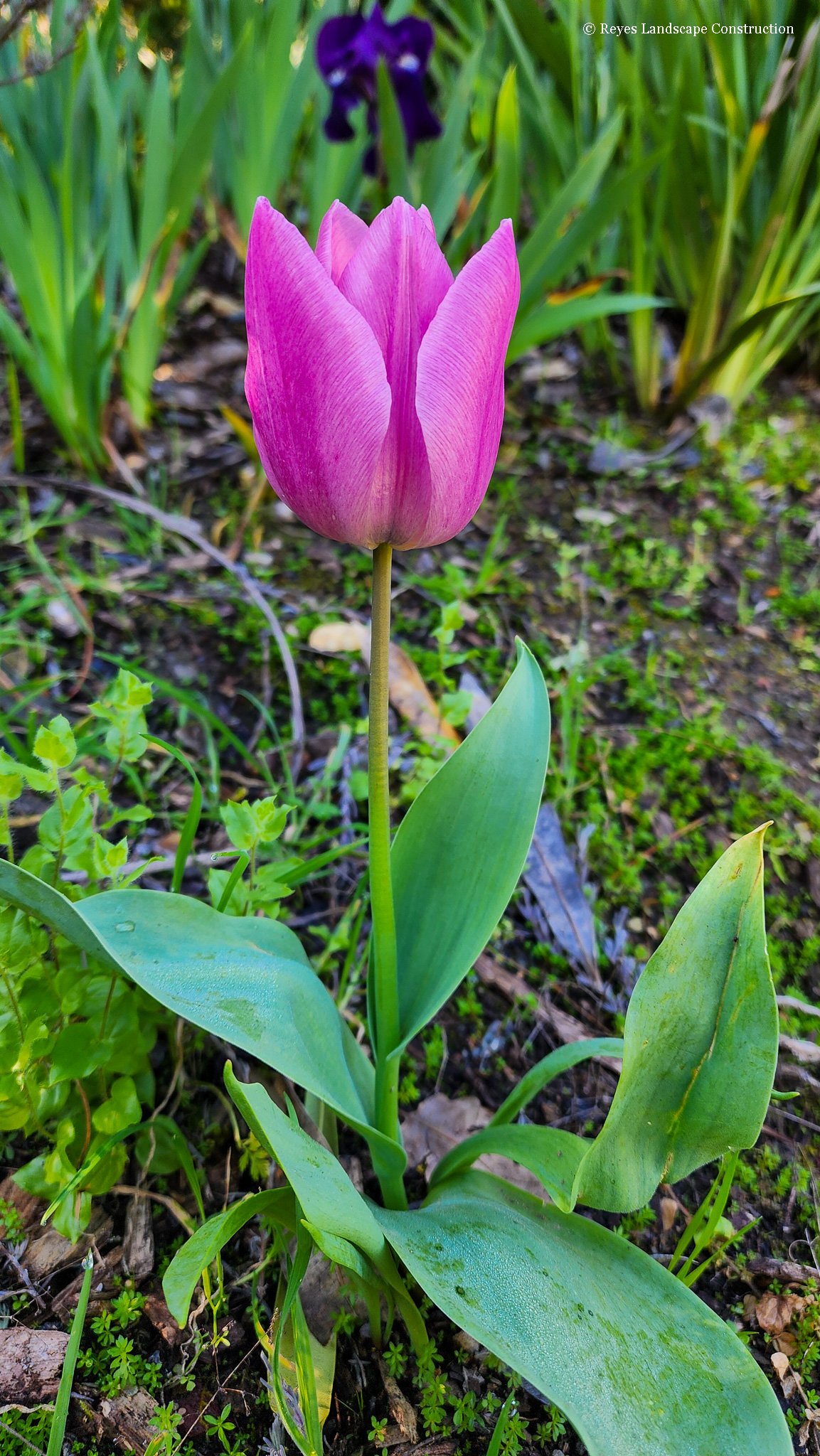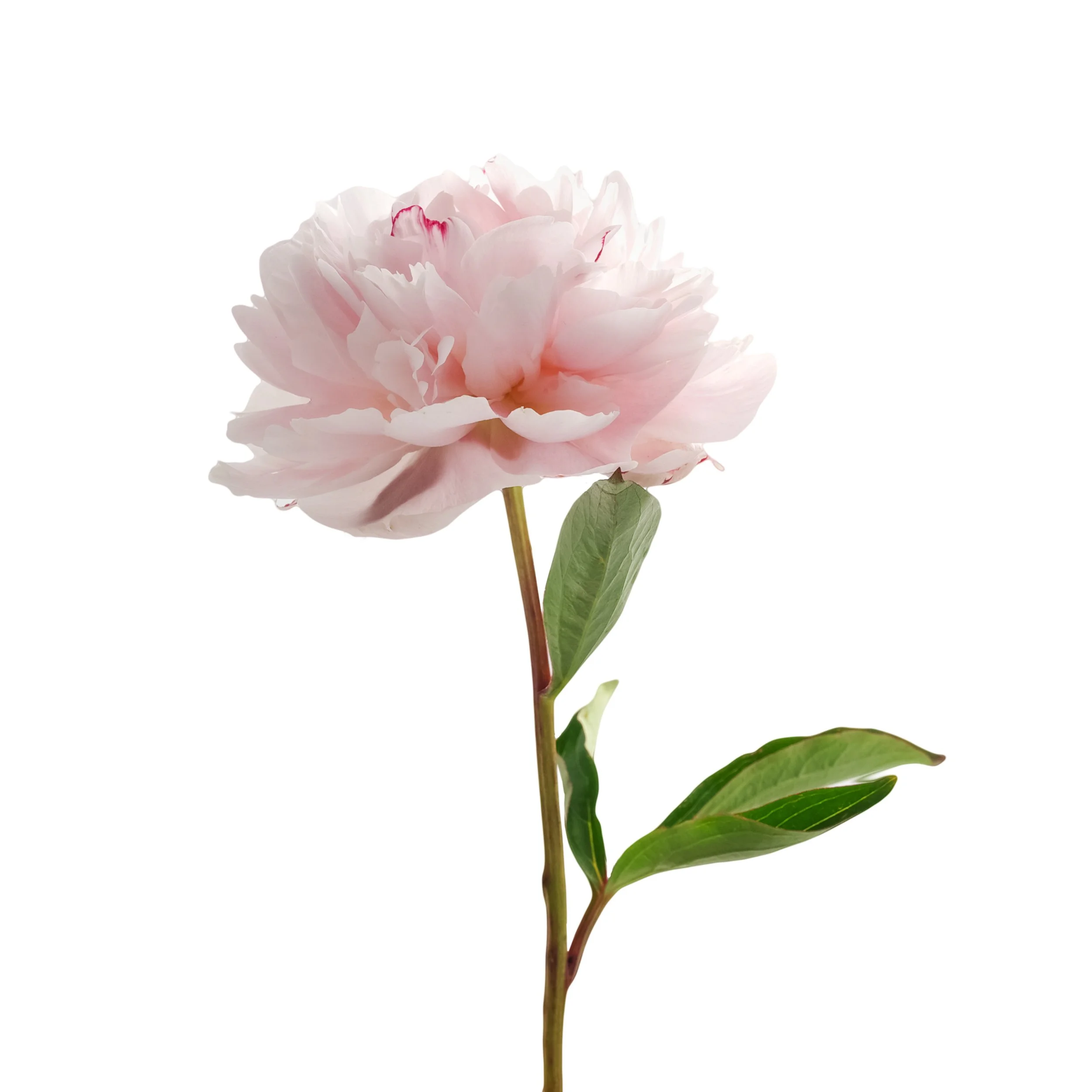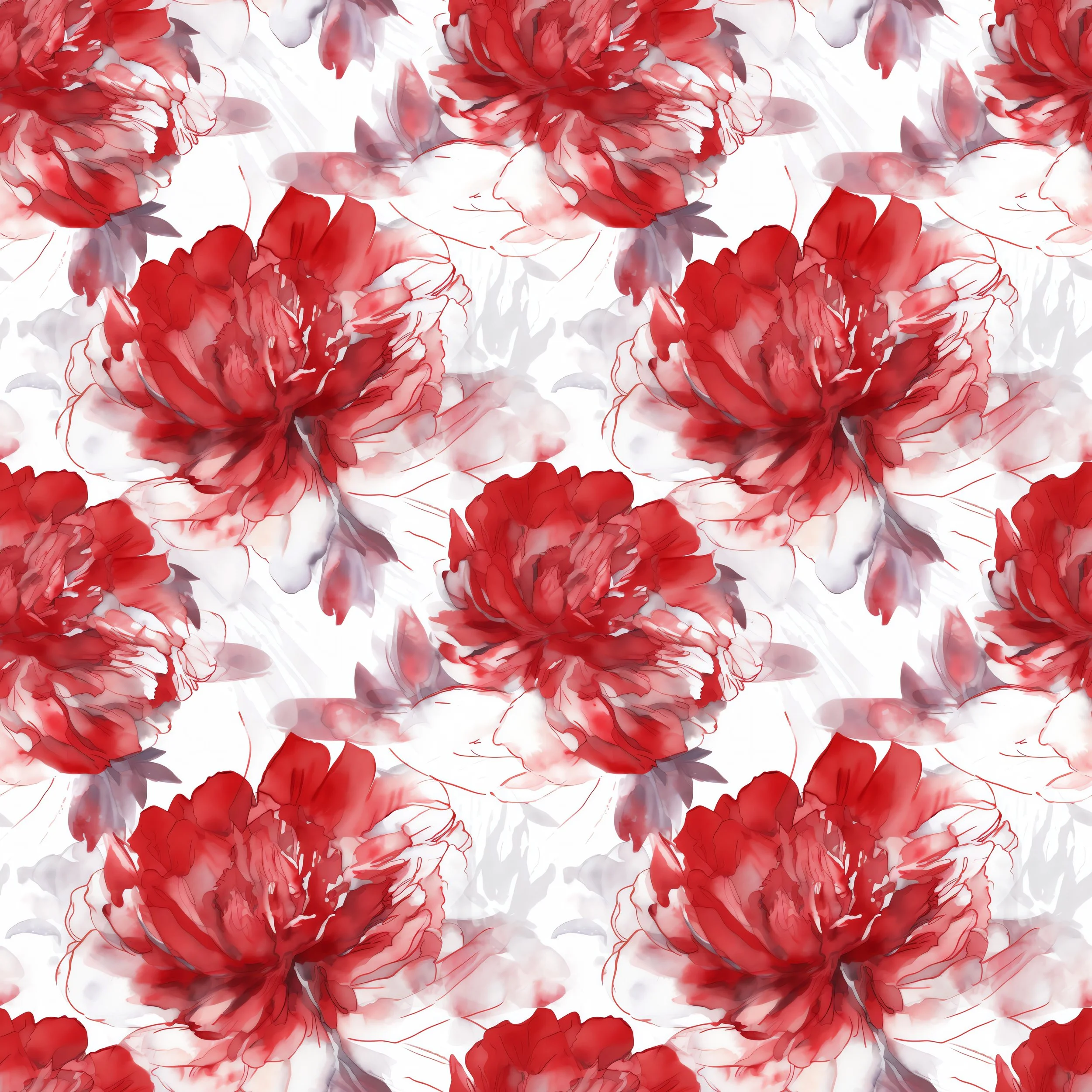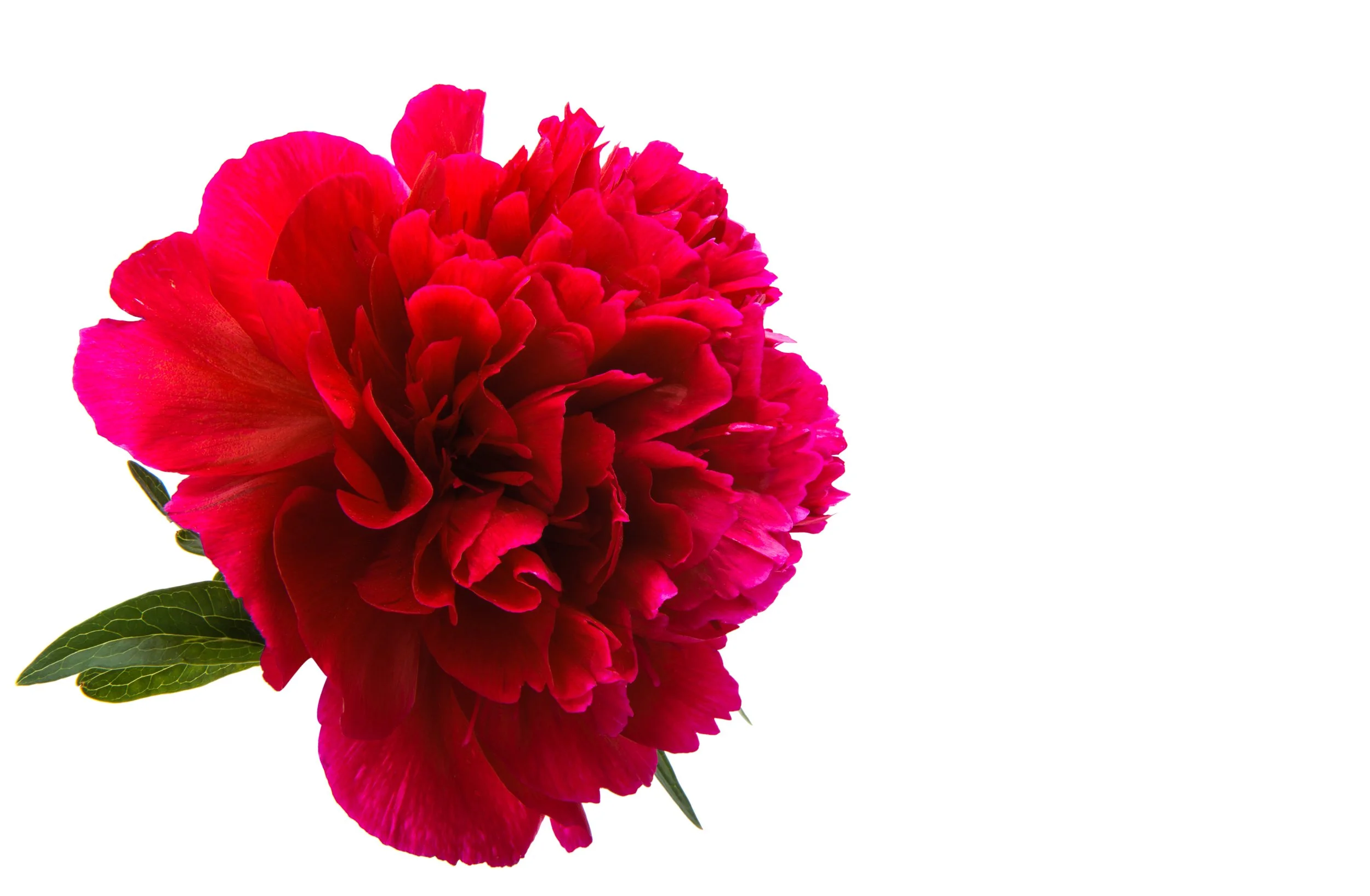BEAUTY OF FLOWERS & PLANTS
Nature's Masterpieces
- We should stop and admire them, not when they are in a vase or a bouquet, that’s much too late, but when they are in the hands of Mother Nature as they grow and as the pass away.
Flowers have long captivated humanity with their enchanting beauty. They are so diverse in terms of colors and amazing shapes. They smell so lovely, yet some don’t they are just visually stunning. Flowers bloom low to the ground or high up in a tree, never to be seen. The fragrances can be sweet or sour, potent or subtle, delicate or strong, it can evoke a memory, or they can repel an animal. Across cultures and centuries, these delicate blooms have held symbolic significance, inspired art and literature, and adorned countless celebrations and rituals. Flowers are timeless and so are the plants in which they grow on. Please, lets all stop to smell the roses. We are too busy looking at our phones and we often forget the allure of flowers. Let us explore their fascinating characteristics and the profound impact they have on our lives.
The Diversity of Floral Beauty: One of the most remarkable aspects of flowers is their incredible diversity. From the majestic petals of the rose to the intricate patterns of the orchid, each species showcases its unique charm. Whether it's the vibrant hues of a sunflower field or the delicate blossoms of a cherry tree in spring, flowers offer a visual feast that never fails to captivate.
Beyond their visual appeal, flowers also enchant us with their captivating fragrances. The sweet scent of jasmine drifting on a warm summer breeze or the intoxicating aroma of a freshly bloomed gardenia can transport us to distant memories or evoke a sense of peace and serenity.
Symbolism and Meaning: Throughout history, flowers have been imbued with rich symbolism and meaning. Across cultures, specific blooms have come to represent various emotions, virtues, and concepts. For example, the rose is often associated with love and passion, while the lotus symbolizes purity and enlightenment in many Eastern traditions. The Peony, in Japan, is the King of Flowers. Every Spring the people of Japan await the blooming flower and visit the gardens and open fields where they grow, so the plant can be admired, observed and celebrated. To them the plant represents honor, bravery, and prosperity. The Peony often stands alone in its own beauty in its stature or it can be arranged in a bouquet. It holds a dear place in Japanese culture and can be found in historical documents, classic paintings and adorned on traditional clothing.
Flowers also play a central role in numerous rituals and ceremonies, from weddings and funerals to religious observances and festivals. Their presence adds a touch of grace and elegance to these occasions, serving as a reminder of life's fleeting beauty and the cyclical nature of existence.
The Healing Power of Flowers: Beyond their aesthetic and symbolic value, flowers also possess remarkable healing properties. For centuries, various cultures have utilized the therapeutic benefits of floral essences in traditional medicine and aromatherapy. Lavender, chamomile, and rosemary are just a few examples of flowers renowned for their calming and rejuvenating effects on the mind and body.
In addition to their medicinal uses, flowers also contribute to our overall well-being by enhancing our connection to nature. Studies have shown that spending time in natural environments adorned with flowers can reduce stress, anxiety, and depression while promoting feelings of happiness and relaxation.
Preserving Floral Beauty: As we marvel at the beauty of flowers, it's essential to recognize the importance of preserving and protecting these precious gifts of nature. Habitat loss, pollution, and planting them in the wrong place for the wrong reason will stress them out. It is crucial to know your microclimate as well as your regional climate. We do not want to go the way of the California Meadows, bright and colorful, to the Eurasian grasses that have taken over our chaparrals, coasts and hills. We should not threaten our floral species, especially the native plants, endangering not only their existence but also the ecosystems they support.
By cultivating gardens, supporting conservation efforts, and adopting sustainable practices, we can all play a role in safeguarding floral diversity for future generations to enjoy. We constantly here about the Bees and how they are on the verge of die-out or have migrated elsewhere. Well, there is a solution to that. We need to stop with the notion that our gardens and landscape are not to be touched, maintained or pruned. We hear a lot about “Maintenance Free”, “No water or Low Water Plants”, these catch phrases are good when applied where needed, however. plants need water to produce the blooms that attract Bees, Hummingbirds, Butterflies and other pollinators. We need to stop with the mentality of not caring for our flowers and plants.
Conclusion: In a world filled with hustle and bustle, flowers serve as gentle reminders of the beauty and wonder that surround us. Their timeless allure transcends cultural boundaries and speaks to the innate longing for harmony and connection with the natural world. As we pause to admire their delicate petals and breathe in their intoxicating scents, let us also commit to preserving and cherishing the precious legacy of floral beauty for generations to come.
Extras Notes and visuals - 1



